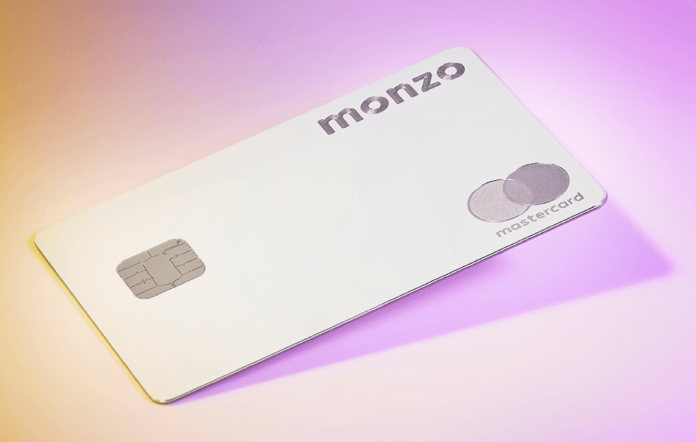With an attractive insurance package and interest rates, Monzo’s new Premium metal card looks like a solid offering. But will it be enough to make up for its massive losses?
2020 has not been a great year for Monzo. Over the course of the past nine months, the challenger bank has reported that it has doubled its losses, suffered a down round, made many of its employees redundant and fought off persistent rumours about its impending collapse. Now, with the launch of its new Premium accounts, Monzo hopes to show the detractors wrong. The question is if it will.
Here’s the details you need to know about Monzo Premium before anything else. Customers signing up for the new account won’t only get their hands on the new white metal cards, but will also enjoy a smattering of perks and benefits.
For instance, they will enjoy phone insurance protection of up to £2,000 through a deal with Assurant and travel insurance via a similar deal with AXA. The travel insurance package covers up to £10m in medical bills, lost valuables up to £750 and cancellations costs up to £5,000. Moreover, customers will enjoy an annual 1.5% interest rate of savings up to £2,000. Combined, customers can hope to save £80 per year on insurance through this package.
In order to enjoy these benefits, customers must sign up to pay a monthly £15 fee for a minimum of six months. Only users between the ages of 18 and 69 are allowed to sign up for Monzo Premium.
So will it be enough to get the neobank out of the financial hole that it has found itself in? Well, that depends.
The glitzy new cards cost £50 each to produce, which means that there is a lot of upfront costs threatening to bite into Monzo’s revenue, according to a report by Sifted. Comparatively the report also noted that Revolut’s metal cards and Curve’s cards cost £40 and £37 respectively.
In other words, the more expensive Monzo Premium card could struggle to meet the optimal 80% profit margin experts say are ideal for digital products.
Conversely, only 5% of Revolut’s customers reportedly pay for its monthly pay-to-use products.
It should also be noted that this is not Monzo’s only subscription-based card. Earlier this year, Monzo re-launched Monzo Plus, which costs £5 per month and comes without the insurance benefits and the metal card enjoyed by Premium customers.
While the insurance packages and the savings potential of the accounts are attractive, Sifted noted that the new Premium cards looked very similar to the metal cards previously offered by N26. Those cards cost £14.90 and the neobank was later accused of having mis-sold travel insurance, causing the FinTech to be forced to refund customers.
It should also be noted that Monzo does not really have a stellar track record when it comes to subscription-based cards. The challenger bank had to cancel the first iteration of Monzo Plus in September 2019, just months after it was first unveiled in April the same year. The cancellation of the product came after it faced many customers complaints. The challenger bank did note at the time that it was hoping to relaunch the premium offering once all the kinks had been ironed out.
This is not the only way that Monzo has changed its offering lately. In September, we reported that Monzo would add new fees for withdrawing more than £250 in cash within 30 days and replacing their cards.
Of course, Monzo is not the only struggling neobank. UK rivals Revolut and Starling Bank have reported that their losses have respectively tripled and doubled. Reports about the losses in the three leading challenger banks motivated questions about just how much trouble the sector is really in.
Copyright © 2020 FinTech Global










